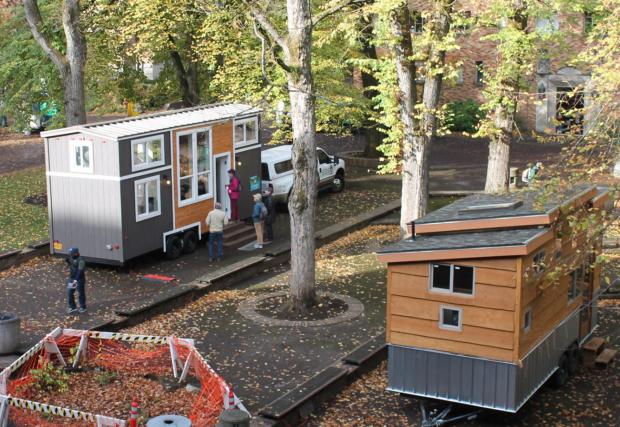
Breaking News
 Operation Mockingbird: The CIA lied to you this whole time
Operation Mockingbird: The CIA lied to you this whole time
 American Academy of Pediatrics threatens PARENTAL RIGHTS with federal mandates...
American Academy of Pediatrics threatens PARENTAL RIGHTS with federal mandates...
 Texas AI data centers drain water supply as residents face drought restrictions and shower limits
Texas AI data centers drain water supply as residents face drought restrictions and shower limits
 SpaceX's Crew-11 astronauts arrive at the International Space Station (video)
SpaceX's Crew-11 astronauts arrive at the International Space Station (video)
Top Tech News
 The mitochondria are more than just the "powerhouse of the cell" – they initiate immune...
The mitochondria are more than just the "powerhouse of the cell" – they initiate immune...
 Historic Aviation Engine Advance to Unlock Hypersonic Mach 10 Planes
Historic Aviation Engine Advance to Unlock Hypersonic Mach 10 Planes
 OpenAI CEO Sam Altman Pitches Eyeball-Scanning World ID to Bankers
OpenAI CEO Sam Altman Pitches Eyeball-Scanning World ID to Bankers
 New 3D-printed titanium alloy is stronger and cheaper than ever before
New 3D-printed titanium alloy is stronger and cheaper than ever before
 What is Unitree's new $6,000 humanoid robot good for?
What is Unitree's new $6,000 humanoid robot good for?
 "No CGI, No AI, Pure Engineering": Watch Raw Footage Of 'Star Wars'-Style Speeder
"No CGI, No AI, Pure Engineering": Watch Raw Footage Of 'Star Wars'-Style Speeder
 NASA's X-59 'quiet' supersonic jet rolls out for its 1st test drive (video)
NASA's X-59 'quiet' supersonic jet rolls out for its 1st test drive (video)
 Hypersonic SABRE engine reignited in Invictus Mach 5 spaceplane
Hypersonic SABRE engine reignited in Invictus Mach 5 spaceplane
 "World's most power dense" electric motor obliterates the field
"World's most power dense" electric motor obliterates the field
 The Wearables Trap: How the Government Plans to Monitor, Score, and Control You
The Wearables Trap: How the Government Plans to Monitor, Score, and Control You
What the Tiny House Movement and Thomas Jefferson's Monticello Have in Common

When Thomas Jefferson originally moved into the South Pavilion of his Monticello estate in 1770, it was little more than an incomplete two-bedroom brick building and a cleared mountaintop. Over the course of the next 38 years, the author of the Declaration of Independence would personally design and oversee the construction of his "essay in architecture." The main house at Monticello, as it stands today, is a piece of architectural wonder; its design embodies themes derived from both Classical and Palladian styles of work.
While the Renaissance man himself was never formally trained as an architect, you can hardly tell, as his home consists of numerous unique features including a triangular pediment supported by Doric columns and his famous octagonal dome. Inside, the walls are covered with a variety of objects that highlight the former president's interests and accomplishments. Even today, you can still find one of the last remaining original artifacts from the Lewis & Clark expedition—a pair of elk antlers—in the entrance hall. But just like the great Roman cities that heavily influenced the design of Jefferson's home, Monticello wasn't built in a day.
Despite the fact that Jefferson amassed a great deal of debt by the time of his death, which can largely be attributed to debts he inherited from his father-in-law and his extensive list of hobbies, one can hardly argue that he failed to make sound economic choices with regard to his early years of homeownership.



